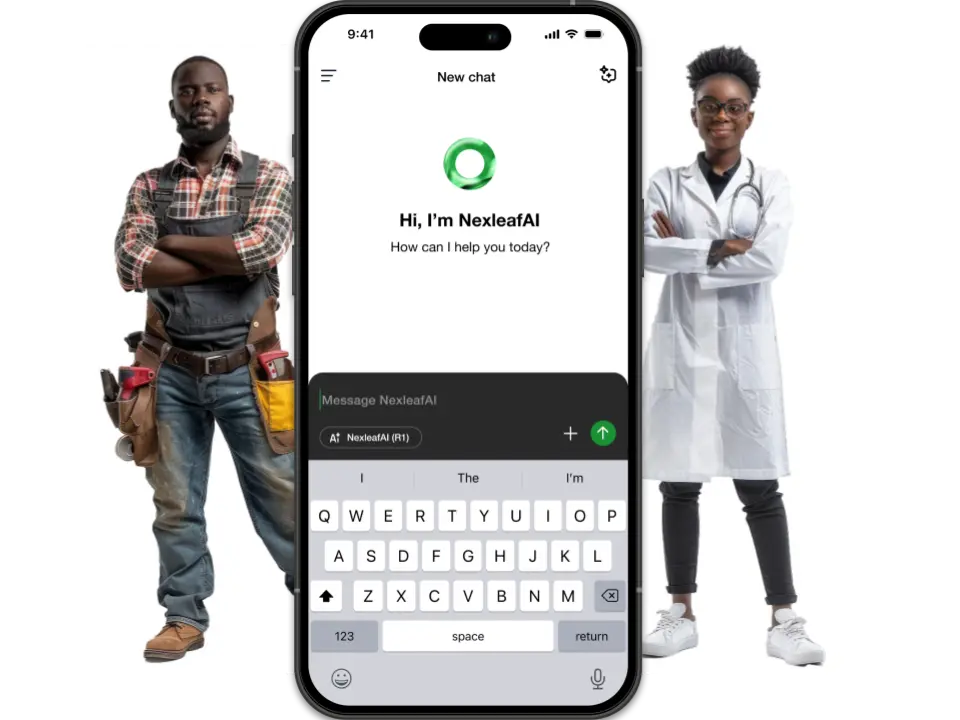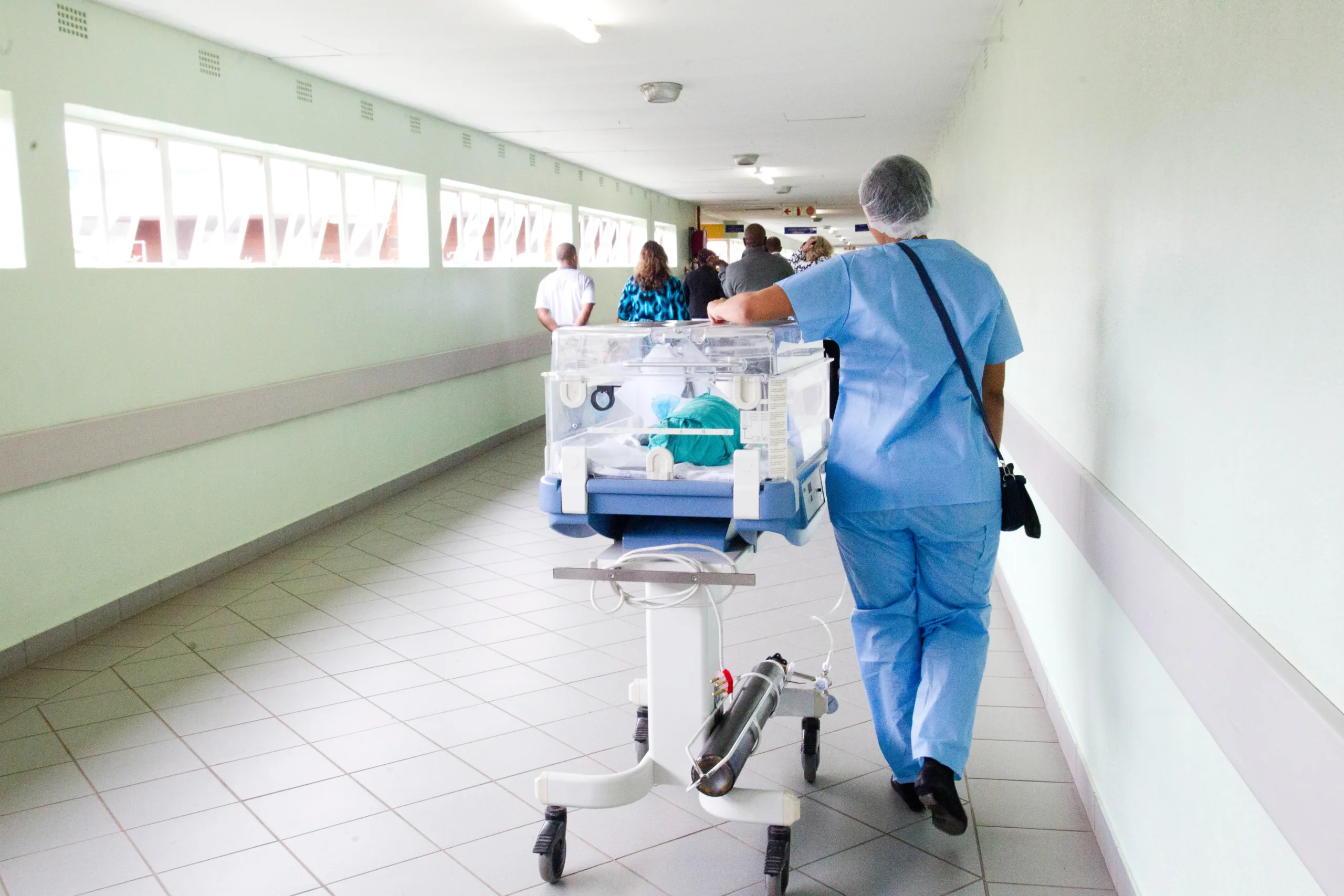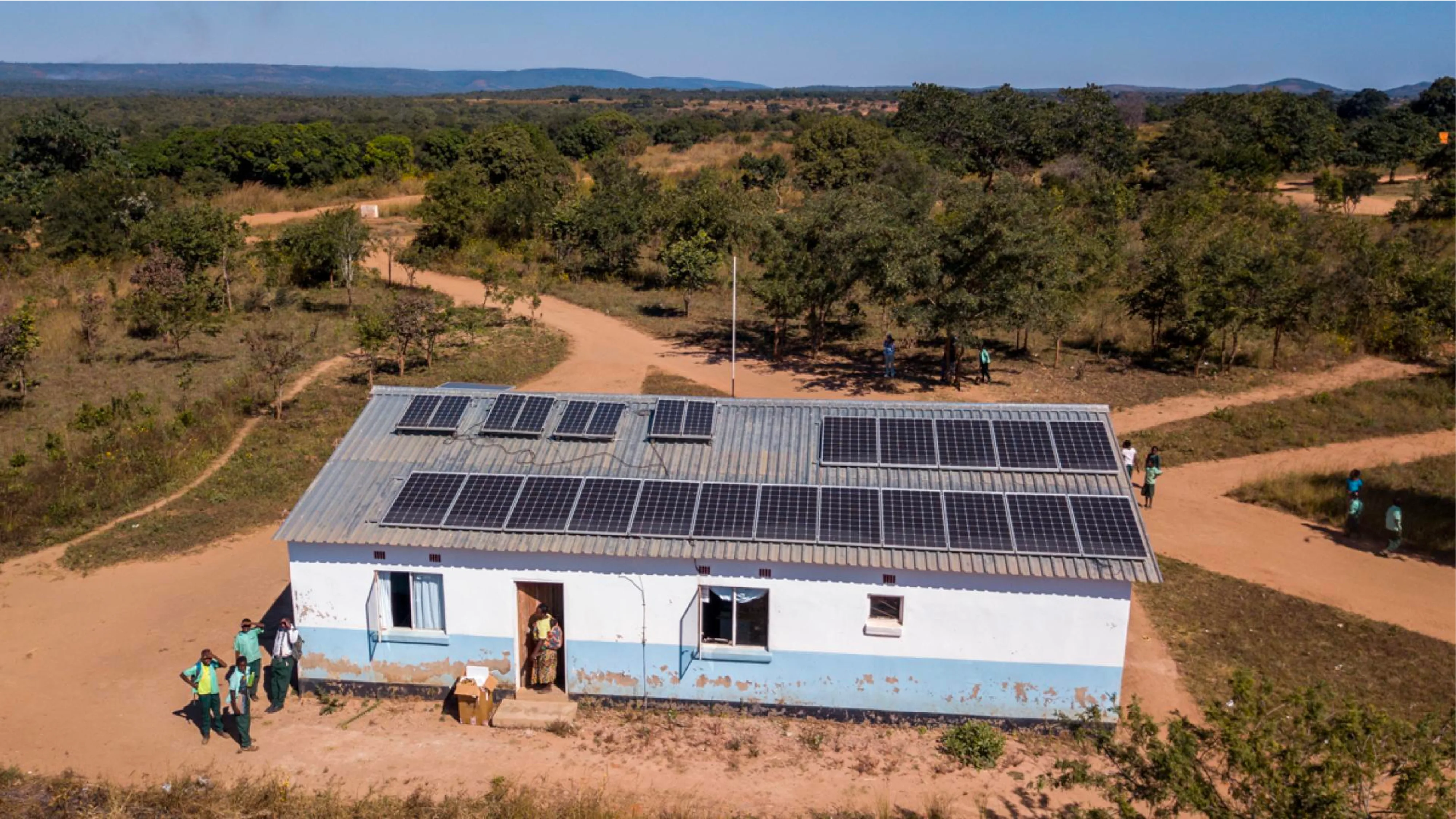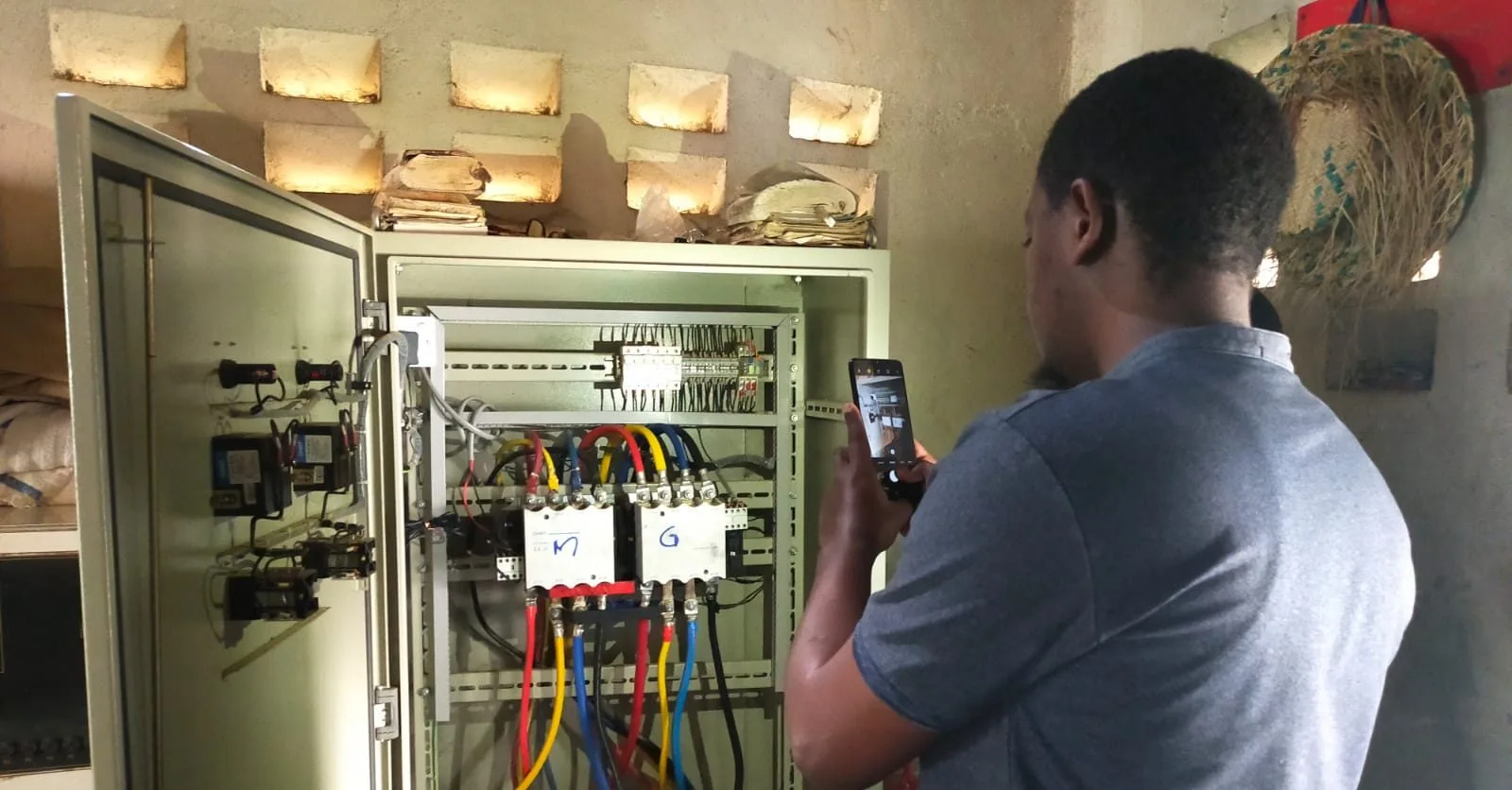Tag: Kenya
-
Read more: Early Evidence from Nexleaf AI
Early Evidence from Nexleaf AI
Health workers need better tools to help them keep equipment functional and ready to provide patient care. Operational AI, or Op-AI, supports the assets and infrastructure that comprise the health system.
-
Read more: Nexleaf’s Senior Technical Advisor in Devex
Nexleaf’s Senior Technical Advisor in Devex
Nelima Otipa Argues for Robust Data Today in Devex Global Views Nexleaf’s Senior Technical Advisor, Nelima Otipa, published an op-ed in Devex today entitled Robust Health Data Today Avoids Fragile Health Systems Tomorrow. Read Nelima’s four strategies for health data systems to help countries stay flexible and agile in the face of financing fluctuations.
-
Read more: Better Resources = Better Healthcare
Better Resources = Better Healthcare
Better Resources = Better Healthcare: Equipping BioMeds Saves Livesa joint post with Build Health International by Eric Buckley, Director of Oxygen Engineering, Build Health International, and Ednah Kiome, Director of Emerging Products, Nexleaf Analytics According to the World Health Organization, biomedical personnel – biomedical equipment technicians and engineers, also known as BioMeds – are essential healthcare workers. So why do even
-
Read more: The Many Use Cases of Real-Time Medical Equipment Data
The Many Use Cases of Real-Time Medical Equipment Data
Mobilizing Continuous Data from Medical Devices in Clinics Yields a Multitude of Actionable Insights Too many health facilities in low-income countries can’t provide lifesaving care because basic medical equipment is absent or broken. Even when devices like infant incubators and CPAP machines are present on site, they frequently break down. Due to the lack of
-
Read more: The Pursuit of Digital Transformation: Operation Accelerate
The Pursuit of Digital Transformation: Operation Accelerate
Our Operation Accelerate initiative demonstrates Nexleaf’s dedication to achieving the digital transformation of health systems. Back in early 2023, our team could see from the ColdTrace data platform that many of our devices had stopped sending data. That meant our technology was not providing a comprehensive end-to-end view of vaccine cold chain performance for our
-
Read more: The Power of Outage Alerts
The Power of Outage Alerts
Announcing our newest publication! Hospital workers around the world are forced to cope with unreliable power and frequent power outages. That’s why Nexleaf, PagerDuty, the Kenya Ministry of Health, and CPHD launched a pilot to send automated power status alerts to hospital workers in Kenya. They found that text message alerts helped users prevent deadly
-
Read more: When Power Failure Meets Life-Saving Equipment
When Power Failure Meets Life-Saving Equipment
When Power Failure Meets Life-Saving Equipment Just how important is consistent electricity to healthcare? As medical equipment floods low- and middle-income countries, there is an urgent need to ensure those investments generate the intended health impacts. However, very little data exists to appropriately address a country’s context and barriers to equipment use, including reliable power





